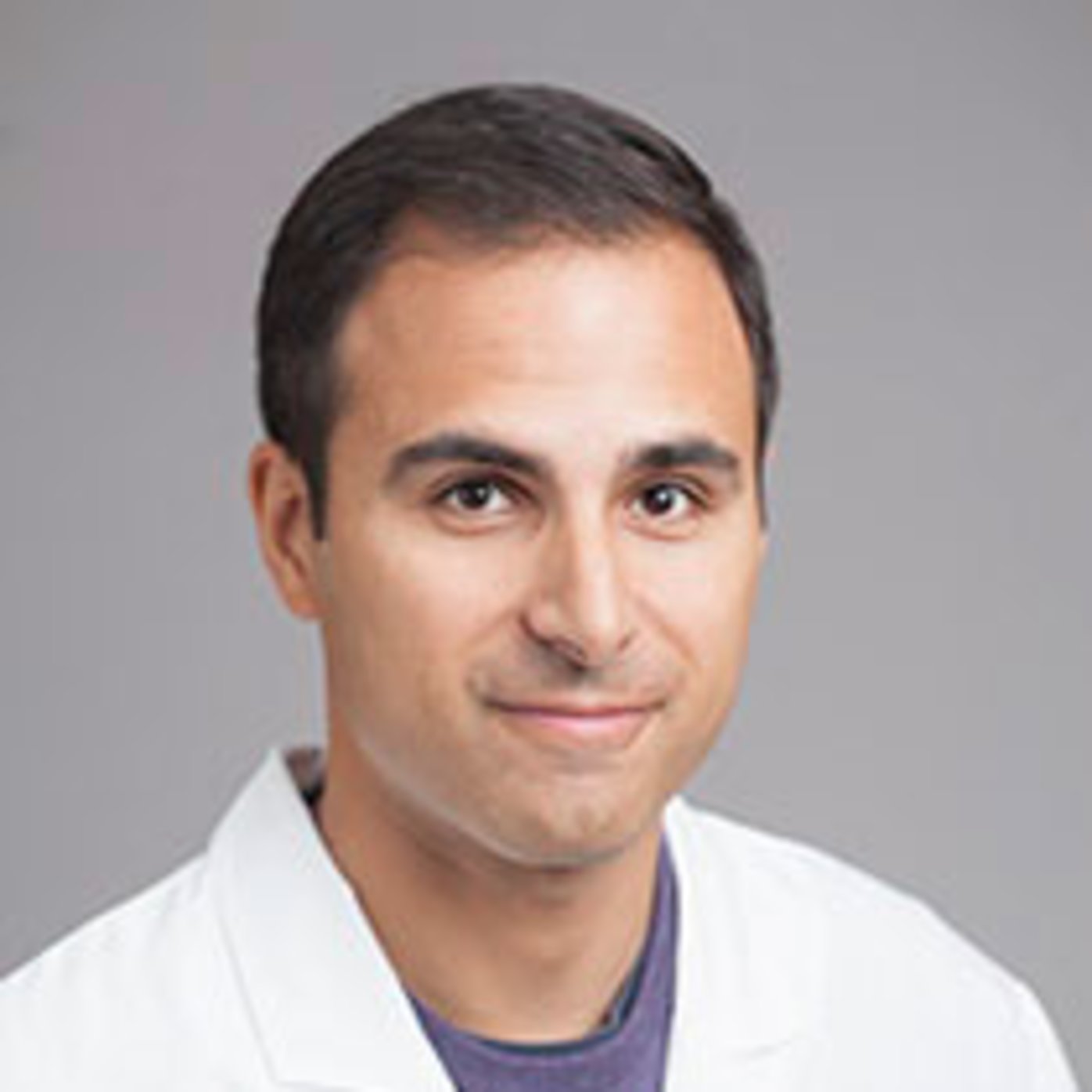
Running through grief
Before losing her life to breast cancer at 32, Ronnell dreamed of completing the SoCal Triple Crown race series. Now, her mother, Benilda, runs in her honor.
It was supposed to be the trip of a lifetime. In October 2023, Domingo Sanchez, a New York Police Department captain, was celebrating his 23rd wedding anniversary with his wife, Chris, in San Diego. It was their first time in “America’s Finest City,” and they were exploring all the area had to offer.
After a full day of sightseeing, Domingo, 51, said he was feeling unwell and went to lie down in their hotel room. Soon after, Chris heard a “thump.”
Chris was stunned as Domingo’s body rolled with convulsions and he fell to the floor. She immediately called 911.
The emergency line dispatcher told Chris that Domingo was likely suffering a heart attack and cardiac arrest — she would need to perform CPR until the ambulance arrived. After several terrifying minutes, the first responders arrived, and Domingo was rushed to Sharp Memorial Hospital.
ECMO provides a bridge to survival
Upon arrival in the hospital’s emergency department, Domingo remained in cardiac arrest. Dr. Robert Patel, an emergency medicine doctor, determined that standard measures — CPR, chest compression, advanced cardiac life support drugs and intubation — were not enough to restart Domingo’s heart. He placed Domingo on a heart-lung bypass machine called resuscitative extracorporeal membrane oxygenation (ECMO) to restore blood flow to his brain and body.
ECMO is a form of life support for people with life-threatening lung and heart failure. The machine delivers oxygen-rich blood to the body when the heart and lungs have failed. This method allows the blood to "bypass" the heart and lungs, supporting blood flow to the tissues of the body and giving providers precious time to treat the patient.
ECMO stabilized Domingo, and he was then taken to the cardiac catheterization lab. There, Dr. Arvin Narula, an interventional cardiologist affiliated with Sharp Memorial Hospital, identified the cause of Domingo’s cardiac arrest — a completely blocked coronary artery.
Dr. Narula inserted a stent into Domingo’s left anterior descending artery, the largest coronary artery. While the procedure was successful in restoring blood flow to this region of the heart, Domingo had experienced a very large heart attack and still required significant support for his heart. He remained on ECMO throughout his early hospital stay.
When Domingo woke in the hospital, he didn’t know where he was or what had happened. He told his wife he couldn’t remember anything from the entire week in San Diego.
“Chris had to show me pictures of the places that we visited,” says Domingo. “The last thing I remember is getting on the plane.”
A long road to recovery
After one week in the hospital, Domingo was transitioned from ECMO to a temporary left ventricle assist device (LVAD). Despite quickly receiving a stent, Domingo's heart remained very weak, and he would need this machine throughout the rest of his stay to take over pumping blood for his heart.
“It was clear the patient would need a heart transplant very early on,” says Dr. Justin Parizo, an advanced heart failure and transplant cardiologist affiliated with Sharp Memorial Hospital. “He was given an LVAD to support the left side of his heart and medications to help the right side pump harder.”
Domingo also began physical therapy to help strengthen his body after his initial recovery. With the support of the LVAD, his care providers were able to get him up and moving throughout his time in the hospital.
However, after his heart was stabilized, Domingo had to cope with other complications of his illness, including kidney failure, a common occurrence after a cardiac arrest. Your heart supplies blood to the kidneys, and your kidneys filter the blood your heart pumps. When the heart muscle stops pumping, the blood flow is stopped, rapidly leading to kidney damage, which can be irreversible. Domingo was placed on renal replacement therapy.
Renal replacement therapy (RRT) is a medical treatment that replaces the normal blood-filtering function of the kidneys. It involves the use of various techniques, such as hemodialysis and peritoneal dialysis, to remove waste products, excess fluids and electrolytes from the bloodstream.
Domingo was given the option to be medically transported back to New York for treatment. However, he chose to stay in San Diego because he felt that he was in very good hands here.
“The staff are angels, always helping you and providing awesome care,” says Domingo. “I’m beyond grateful for the care I received while here.”
Heading back to NYC with a healthy heart
On Jan. 28, three months after first being rushed to the emergency room, Domingo received a heart and kidney from the same donor. Less than a month after the transplant surgery, he was discharged from the hospital.
Domingo’s care providers explained that the recovery process would take three months to a year while he works on his physical therapy. He is staying in San Diego for two months after discharge and then will return to New York for ongoing heart transplant care to ensure things continue to go well.
After all he’s been through, Domingo says he now plans to retire so he can spend more time with his family. He’s incredibly grateful to have a second chance at life, and he doesn’t want to miss a thing.
“Domingo had a cardiac arrest, something many people don’t survive, and he gets to live a long, full life with his family,” says Dr. Parizo. “It’s great to know someone that gives back so much to the community could have an opportunity like this. I’m honored to be a part of his story.”
To register as an organ donor, sign up with Donate Life America and select “yes” to organ donation when you apply for or renew your driver’s license.

The Sharp Health News Team are content authors who write and produce stories about Sharp HealthCare and its hospitals, clinics, medical groups and health plan.

Dr. Robert Patel is a board-certified emergency medicine specialist with Sharp Memorial Hospital.
Our weekly email brings you the latest health tips, recipes and stories.